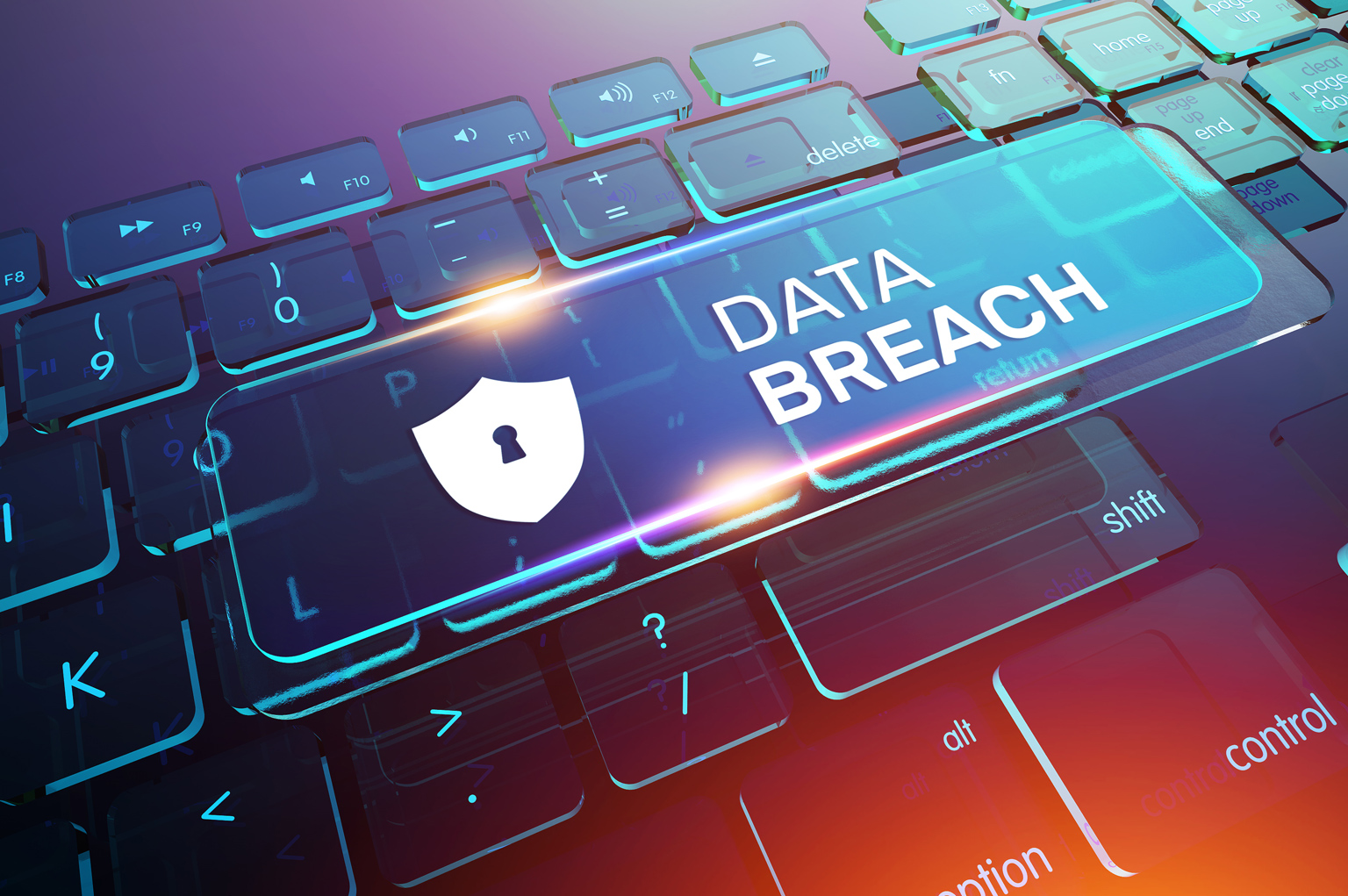Only a few years ago, data breaches used to slip under the radar. The breaches happened all the time, some affecting millions of users that should have made the evening news. Instead, data breaches became an everyday thing.
All kinds of apps and software companies reported data breaches, no matter how big they were. Hackers always find a way to steal user data, adding up to hundreds of millions of users. Ransomware became a real threat for everyone, including businesses, private users, bank records, and so on. We even saw ransomware attacks on hospitals, leading to some serious problems.
Learning how to protect your computer from a ransomware attack and thus how to protect patient data is absolutely critical to protecting your patients. Perhaps these security breaches will always occur — but learning from them is essential. Let’s take a look at some of the biggest data breaches in the past few years.
1. NHS
The 2017 attack on the National Health Service (NHS) is still regarded as one of the biggest data breaches in history. The ransomware, WannaCry, even affected cloud computing in healthcare — and hundreds of millions of users worldwide.
WannaCry hit hard and out of the blue. It created total chaos in Russia, India, Ukraine, Taiwan, and the UK, but the NHS was hit the hardest. The attack was possible because of a small vulnerability in Microsoft’s systems.
At least 16 health service organizations were affected as the ransomware stole information without mercy. The problem was reported in hospitals and GP surgeries all over the globe. As a result, the NHS lost close to 100 million pounds in IT costs and lost output.
The company reacted quickly and released a patch in March of 2017 after hackers stole personal information from close to 1 billion accounts. We will probably never know exactly what data was stolen, but the event pushed Microsoft into improving cybersecurity.
The attack would not have been possible if the NHS took good care of its systems and performed regular updates. The NHS learned how to protect from ransomware attacks at a considerable cost. The colossal patient data security breach led to a massive loss of trust in NHS cybersecurity systems.
2. Maersk
Labeled as “the most devastating cyberattack in history,” the Maersk data breach in June of 2017 ended up creating huge problems for millions of people. Maersk is a shipping and logistics company; they transport and store goods all over the globe. The company was attacked by NotPetya, ransomware developed as a cyber weapon by the Russian military.
Ukraine was the original target, but the malware spread to systems all over the globe, pointing out many security issues in cloud computing. The malware found its way into 50,000 endpoints, including more than 600 servers in 130 countries. The damage added up to an incredible 300 million dollars — definitely one of the worst data breaches ever recorded.
The hack was possible because of a penetration tool called EternalBlue. The tool targeted outdated software, rewriting the code on unprotected computers and gaining complete access. What made this attack so dangerous is the way it spread like a virus. It went much further than the original target, leading to a massive ransomware attack data recovery effort like never before.
3. Equifax
Hackers choose their targets quickly, so they usually go after the most prominent players in the game. One of their biggest attacks ever targeted Equifax in 2017. One of the world’s biggest credit-reporting companies ended up with a massive data breach affecting all 143 million US clients.
The attack helped hackers access personal data, 210,000 credit card numbers, and even information like addresses, birthdays, and social security numbers. The attack went as far as stealing divers license data from millions of users.
Later it turned out the breach was possible because the company failed to update its main servers. The patch was available months before the data breach happened, but Equifax failed to update their servers and failed to protect clients from ransomware attack.
How to Protect Your Computer from Ransomware Attacks
Ransomware is not a joke. It can find its way to any computer or system with outdated software. The dangers to protecting client and patient data are real. Precautionary steps can prevent further attacks from happening.
Want specific advice for how to protect your computer from ransomware attacks? Here are some of the things you can do to minimize the chances of getting malware or ransomware on your computer:
- Don’t visit suspicious or fake websites.
- Open only those emails and attachments you expect.
- Stay away from unknown links, Facebook profiles, Twitter accounts, social media posts, and so on.
- Update your Firewall and system regularly.
- Invest in paid antivirus software and an IT service.
Keep Your Social Media Away From Sensitive Information
We all remember the massive Facebook data breach from 2019. It affected over 540 million users and led to many other problems possible because millions of users use Facebook credentials to log in to other websites and services. The NHS also failed to protect patient data during the attack.
While connecting your Facebook account to other websites and services might save you time, it increases the risk of ransomware attacks. Logging into multiple sites from the same computer or server can easily lead to all kinds of complications further down the line. You must know how to protect your computer from ransomware attacks.
Any type of ransomware attack can be extremely dangerous, especially a patient data security breach. Knowing about the latest technologies can help you protect sensitive data that could be used by hackers.
Keep your data — and your patient’s data safe— does not take a lot of effort. Prevention is the key to stopping malware attacks.
For More Information
Whether or not you’re aware of patient data security breaches, they happen all over the world every day. The damages can be massive, and, sadly, ransomware attack data recovery is not always possible. Make sure you take the necessary steps to protect your business and clients or patients from ransomware attacks. For help, contact Scale Technology today!



